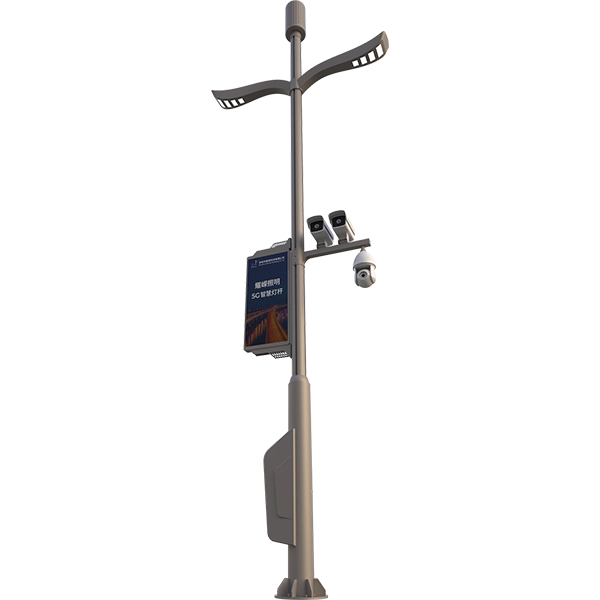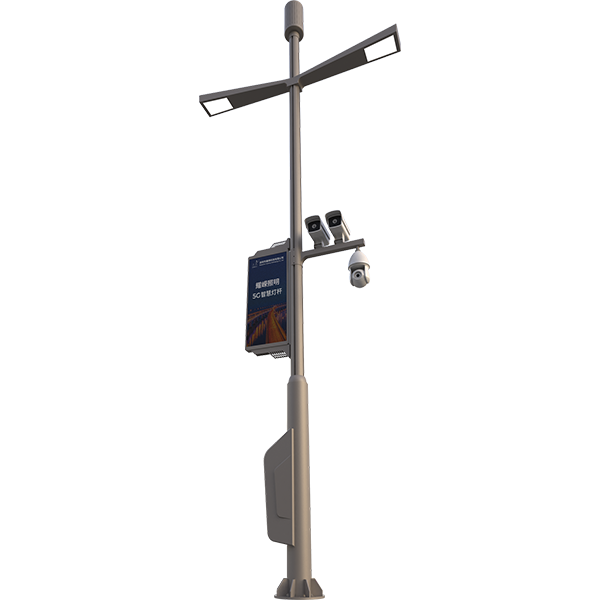1. LED street lights dimming technology
The first dimming method is to realize the dimming of the LED street lamp by adjusting the LED drive current, because the brightness of the LED chip is proportional to the LED drive current.
The second dimming method is usually called the analog dimming method or the linear dimming method. The advantage of this dimming method is that when the driving current increases or decreases linearly, the influence of the driving current overshoot on the LED chip is relatively reduced, and the control circuit has strong anti-interference. The disadvantage is that the change in the size of the drive current will have a certain impact on the color temperature of the LED chip.
The third dimming method is Pulse Light Modulation (PWM). Through control, the driving current is in a square wave shape, the pulse width is variable, and the output power is changed through the adjustment of the pulse width, so as to achieve the purpose of energy saving. The frequency is generally controlled at 200Hz~10KHz. Due to the persistence of human eye vision, the flicker of the light source during the dimming process will not be felt. The advantage of this dimming method is that it can improve the heat dissipation of the LED, but the disadvantage is that the overshoot of the driving current has a certain impact on the life of the LED chip.
The above three dimming methods are classified according to the control of the LED drive current output terminal. The control circuit can also be divided into analog control and PWM control. The control circuit is usually realized by a microcontroller.
2. Composition and future development of dimming system
Intelligent control should have manual control, intelligent control, light control, time control and fault alarm control functions. When the sun goes down and the sky dims, it can automatically light up, and the illuminance of the lamp can be automatically halved after midnight; after dawn, the lamp can be automatically turned off; under special circumstances, people can manually control it; and when the lamp fails, the control system It can alarm automatically.
The intelligent dimming system is mainly composed of four parts: server, central controller, single-chip controller and signal detection circuit.
Server: It is composed of upper computer and upper computer software, which mainly realizes monitoring operation and alarm functions. The server is located in a control center such as street light management, and the connection between it and the central controller can be power carrier, network or wireless.
Central controller: Responsible for receiving the signal sent by the server, and sending it to the unit controller after decoding to realize control, and at the same time transmitting the result of signal detection to the server.
Signal detection circuit: detects the environmental brightness, drive power voltage and current. And send the detected signal to the unit controller or the central controller.
Unit controller: Each LED street lamp is equipped with a unit controller, which can dimming or turn on and off the LED by receiving instructions from the central controller, and at the same time send the driving voltage and current of the LED street light to the signal detection circuit Central controller. When the LED road lamp fails, the fault signal is transmitted to the central controller.
At present, in the field of road lighting, the application of LED street lights is rapidly spreading. Long life and reliability are still the first factors considered at present. However, with the development of technology, when the life and reliability issues have been resolved to a certain extent, The application of LED street lighting is bound to make great strides towards the intelligent dimming system.






